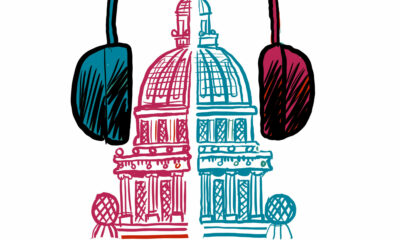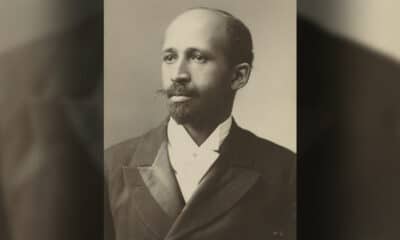
Westend61 via Getty Images
Sachin Rustgi, Clemson University
U.S. consumers often pay more for gluten-free products, yet these items typically provide less protein and more sugar and calories compared with gluten-containing alternatives. That is the key finding of my new study, published in the journal Plant Foods for Human Nutrition.
This study compared gluten-free products with their gluten-containing counterparts, and the findings suggested that many perceived benefits of gluten-free products – such as weight control and diabetes management – are exaggerated.
Currently, many gluten-free products lack dietary fiber, protein and essential nutrients. Manufacturers often add supplements to compensate, but the incorporation of dietary fibers during processing can hinder protein digestion.
In addition, gluten-free products generally contain higher sugar levels compared with other products containing gluten. Long-term adherence to a gluten-free diet has been associated with increased body mass index, or BMI, and nutritional deficiencies.
Gluten-free products – defined in the U.S. as those that contain less than or equal to 20 parts per million of gluten – largely lack wheat, rye, barley and sometimes oats, all rich sources of arabinoxylan, a crucial nonstarch polysaccharide. Arabinoxylan provides several health benefits, including promoting beneficial gut bacteria, enhancing digestion, regulating blood sugar levels and supporting a balanced gut microbiota.
Our study also pointed out that it is difficult to find a gluten-free product that excels in all nutritional areas, such as high protein and fiber content with low carbohydrates and sugar.
On the other hand, gluten-free seeded bread contains significantly more fiber – 38.24 grams per 100 grams – than its gluten-containing counterparts. This is likely due to efforts by manufacturers to address fiber deficiencies by using ingredients such as pseudo-cereals, such as amaranth and quinoa hydrocolloids – meaning water-soluble macromolecules used in gluten-free baked goods made with quinoa flour.
These improvements, however, vary by manufacturer and region. For example, gluten-free products in Spain tend to have lower fiber content than their gluten-containing counterparts.
Why it matters
The term “gluten-free diet” has become a buzzword, much like “organic,” and is now a part of everyday life for many people, often without a full understanding of its actual benefits. While a gluten-free diet is a medical necessity for people who are sensitive to gluten, a condition called celiac disease, or for those with wheat allergies, others adopt a gluten-free diet due to perceived health benefits or because it’s a trend.
In 2024, the global gluten-free product market was valued at US$7.28 billion and projected to reach $13.81 billion by 2032. The U.S. market share is estimated to be $5.9 billion – a little less than half of the global figure.
Approximately 25% of the U.S. population consumes gluten-free products. This figure is far higher than the the roughly 6% of people with non-celiac wheat sensitivity, 1% of people with celiac disease and even lower percentages of people with wheat allergies.
This suggests that many people adopt gluten-free diets for reasons other than medical necessity, which may not offer health or financial benefits.

What’s next
Investment in research and development is essential to create more nutritionally balanced gluten-free products using locally available ingredients. This will require human feeding trials with different formulations of gluten-free products to ensure that these products meet nutritional needs without adverse effects.
Collaborations between governments could help secure subsidies, which would reduce production costs and make these products more affordable. Although the initial costs of research and maintaining a gluten-free production line are high, using local ingredients and financial incentives can make these products more cost-competitive compared with their gluten-containing counterparts.
Public education is also important to keep people informed about the pros and cons associated with a gluten-free diet.
The Research Brief is a short take on interesting academic work.![]()
Sachin Rustgi, Associate Professor of Molecular Breeding, Clemson University
This article is republished from The Conversation under a Creative Commons license. Read the original article.


























































